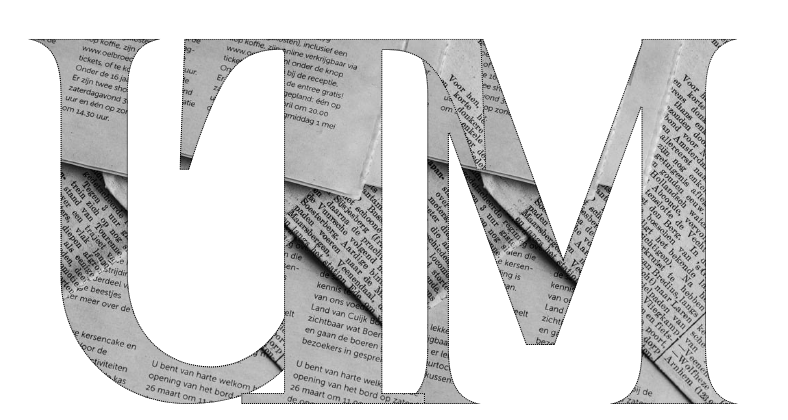The conflict in Ukraine has caused the euro to depreciate below the dollar for the first time in almost 20 years. At 12:45 GMT, the price of one euro was $0.998, down 0.4 percent from the previous day’s trading. The likelihood of a recession in the euro area has increased due to worries that Russia would limit Europe’s access to energy. In hiking rates, the European Central Bank has trailed behind other central banks, further devaluing the euro. The euro has dipped almost 12% against the dollar since the start of the year.
For the majority of its existence, the euro has been valued more than the dollar. It lagged behind the dollar in the years after the currency’s debut in 1999, but the last time it did so was in December 2002, less than a year after the first-ever release of euro notes and coins.
Why is the Euro falling?
Given the post-pandemic economic upswing, the single currency of Europe got off to a solid start this year. However, the euro has been hit by Russia’s invasion of Ukraine, rising gas prices in Europe, and worries that Moscow may further cut off supply. Meanwhile, increased global unpredictability and an aggressive Fed stance on monetary policy have helped the safe-haven dollar.
When the central bank in question raises interest rates, currencies often increase as foreign investors seek a higher return for keeping assets denominated in that currency.
Additionally, the dollar has been strong in recent months due to investors seeking out dollar assets as safe havens during periods of global unrest and the US central bank hiking interest rates.
European Central Bank’s view on this Fall
The ECB is having trouble with the euro’s decline. Allowing the value of the currency to decline simply serves to exacerbate the record-high inflation that the ECB is trying to control. However, attempting to support it by raising interest rates could increase the likelihood of a recession. Even while the currency does matter, the ECB has until far downplayed the problem by claiming that it has no exchange rate target.






